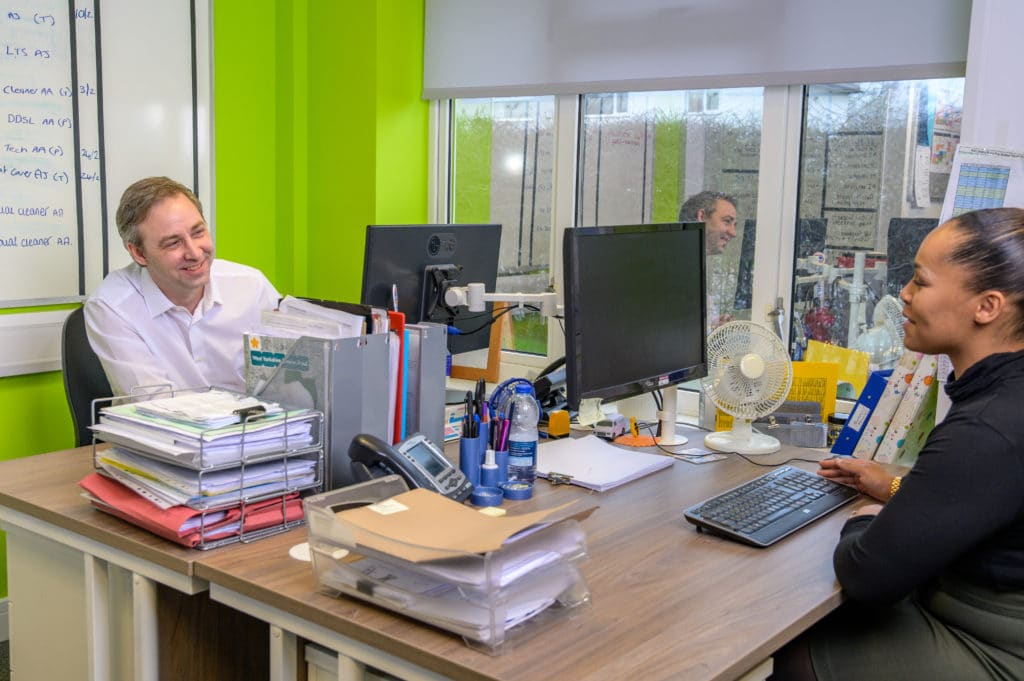Five tips for improving financial sustainability in MATs
Updated 18th April 2023 | 6 min read Published 5th April 2023

From adapting to post-pandemic life to ongoing difficulties with recruitment, it’s no secret these last couple of years have been some of the most challenging for schools and multi-academy trusts (MATs).
Despite the Government announcing additional funding, the difficulties facing the education sector show no sign of slowing, with cost pressures piling.
In fact, in a recent survey, we found a whopping 68% of MAT leaders felt the funding increases announced might not be enough; when questioned, Becci Denbigh, Chief Financial Officer at InMAT, stated: “With the immediacy of rising costs, energy prices, unfunded teacher pay rises and supply, there is only so long that our reserves will cover these ongoing costs.”
Tackling tough times
Let’s not beat about the bush: it’s tough out there.
But what can be done?
Avengers assemble! We recently had the pleasure of hosting a roundtable on this very topic.
Becci, along with Chris Felgate, Director at Ginger Energy, Clare Barber, Senior Finance Consultant at School Business Services and Jeff Marshall, Managing Director at J&G Marshall Ltd, covered what steps trusts can take.
Read on for the highlights and key points from our discussion.
1) Be the master of your own energy!
The best time to get a solid understanding of your energy costs and locate potential savings is when onboarding a new school into your MAT.
When trusts grow or are formed, they get the ability to be the masters of their destiny in terms of utility contracts.
So, if we go back to the start of a school joining a trust, they may have an incumbent situation in place with their utilities, but whether they keep that or not is at their discretion.
In times of market uncertainty, if schools have a contract they wish to exit at the point at which they academize, they can do so.
2) Take advantage of third-party consultants
The role of a consultant is to make your life easier, acting directly on your behalf to manage your various utility supplier relationships.
So, don’t put all the pressure of negotiation and communication on yourself.
Consultants have the means to act quickly and solve problems much more efficiently because it’s their job to do so!
We already know how difficult it can be to communicate with your supplier, so why waste your time when somebody else could do it for you?
3) Make the most out of the staff you have
When it comes to staffing costs, look at your timetabling, and ask yourself, are you fully utilising your staff?
One word: forecasting.
To keep staffing costs under control, you need to forecast and re-forecast over and over again.
Timetabling effectively means you can make the most of the staff you already have whilst bringing you one step closer to the curriculum you want.
4) Streamline recruitment and prioritise retention
Recruitment and retention are at the top of everyone’s minds.
In many cases, a massive chunk of spending is taken by agency fees, so why not bring recruitment in-house?
By bringing processes in-house, empowered by the right systems, you can cut the time and cost it takes to recruit staff + keep a bank of staff you have previously worked with/interviewed.
As for retention, consider how much you really engage staff.
With many conflicting priorities, managing the aspirations and ambitions of staff can, understandably, often be left on the back burner.
However, keeping people on track and engaged is vital to retention, something especially important when you consider replacing an employee costs, on average, 6-9 months’ salary.
Speak with your people, ask what opportunities they’re looking for and help them work towards their professional and financial goals.
5) Generate additional income
Ah yes, the answer to all financial problems – just make more money, duh.
Hear me out.
By thinking outside the box, schools can maximise income generation.
For example, consider renting out your halls for large-scale events, such as classes and even weddings.
Some trusts are even installing electric vehicle charging points in their car parks and renting these out to commuters.
There is an opportunity to get the students involved in these conversations too.
With older children having the capacity to take ownership of projects like vegetable gardens and small business ventures, this is a great opportunity to really engage with the local community while generating additional income.
Take full advantage of the resources you already have.
Increasing costs need increasing actions
It may feel like the costs are piling up, and this year will truly be like no other, but these tips are a great way to ease that pressure and come out the other side on top.
By taking full advantage of the resources that are already available to you, from staff to students, and committing to a long-term plan, you can help safeguard the future.





